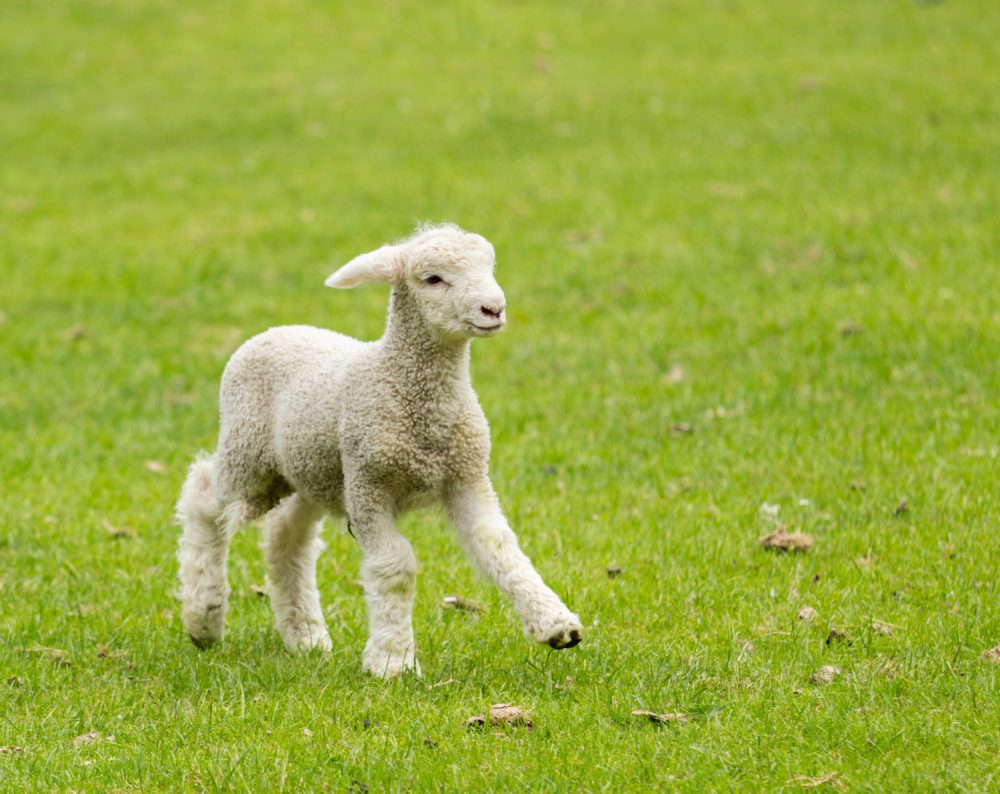No money topic is too big or too small. Welcome to the Mouthy Money Podcast,…
Read More →

No money topic is too big or too small. Welcome to the Mouthy Money Podcast,…
Read More →
Welcome to Mouthy Money Competitions! We offer regular personal finance book, and other special competitions, to readers.
Read More →
Mouthy Money Your Questions Answered panelist, Ian Jones, answers a reader’s question on how to…

Nick Daws offers tips to prevent phone scams, and how to safeguard yourself and loved…
Read More →
Helena MacPherson highlights Brits’ pension saving struggles, urging small actions, connecting with the future self,…
Read More →
Mouthy Money editor Edmund Greaves considers the findings of the latest Money Matters Index report…
Read More →
Welcome to Mouth Money’s Word of the Week, a weekly dive into essential personal financial…
Read More →
Join Shoestring Jane as she shares her secrets for a financial spring cleaning After a…
Read More →
Tolu Frimpong looks at becoming a guarantor and the risks, costs and consideration involved In…
Read More →
Teach kids about money with GoHenry’s debit card. Get one free month via Mouthy Money…
Read More →
Copyright @ 2017 Mouthy Media LTD, All Rights Reserved. Cookie and Privacy Policy & Comments Policy. Designed by Buck Studio. Company registration number 10880346.